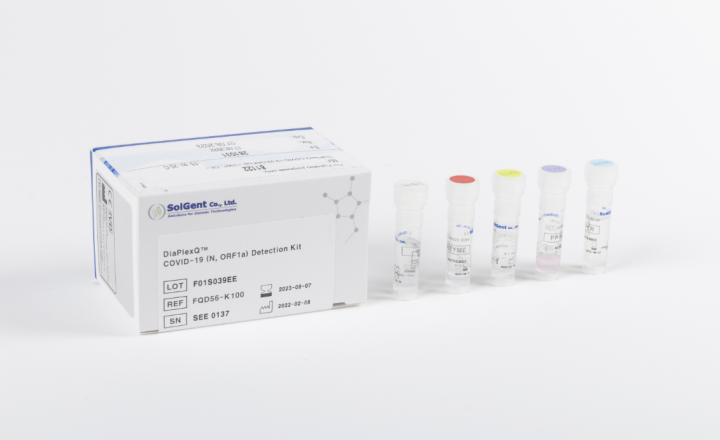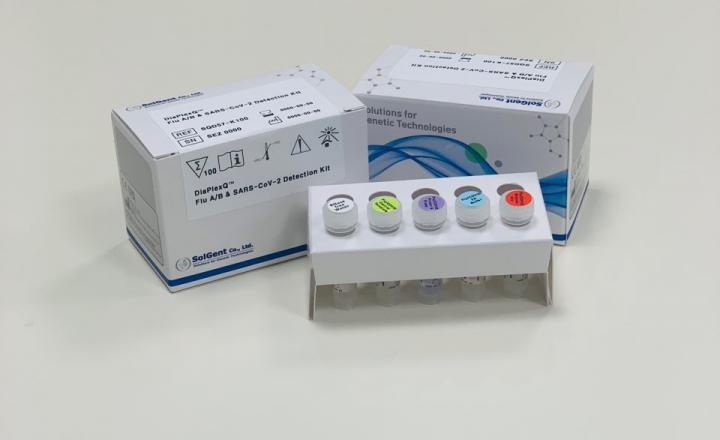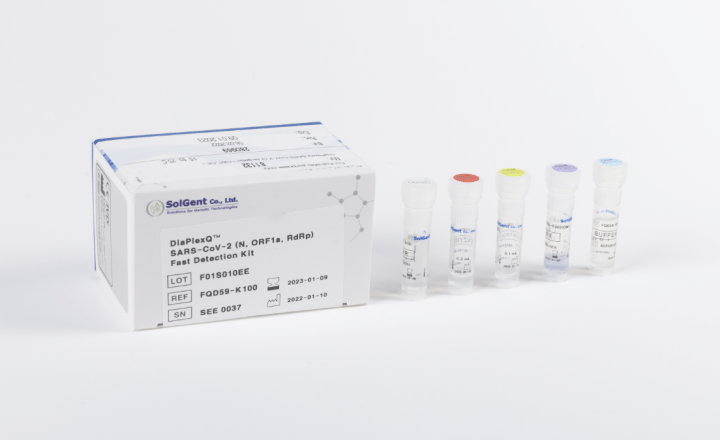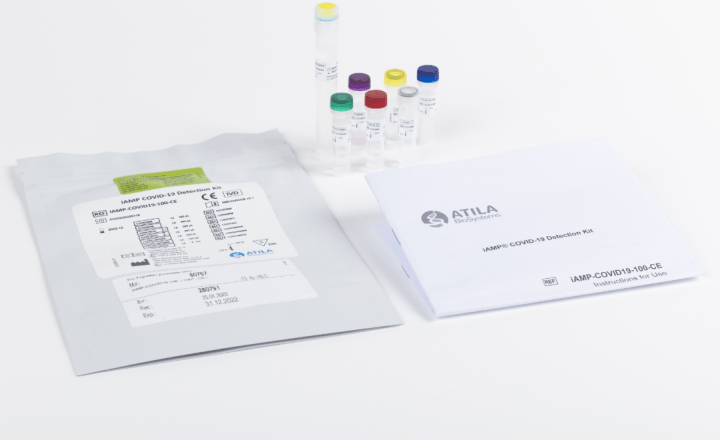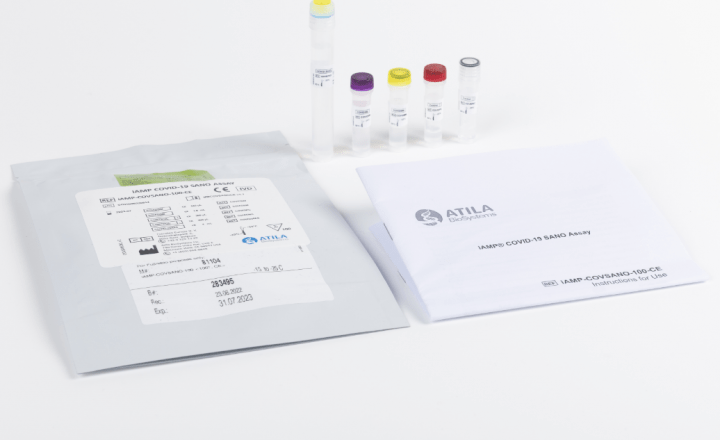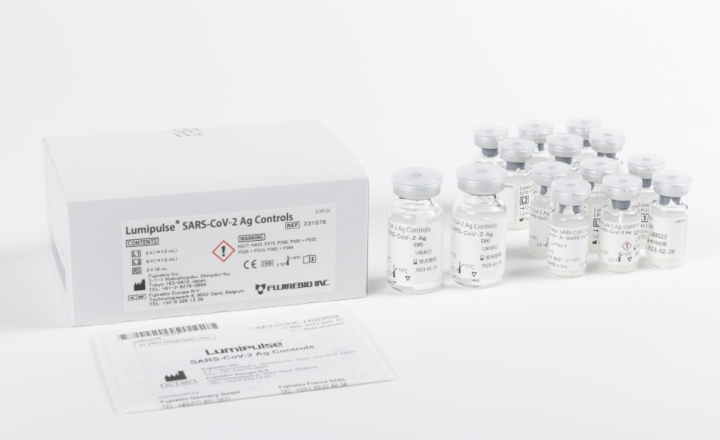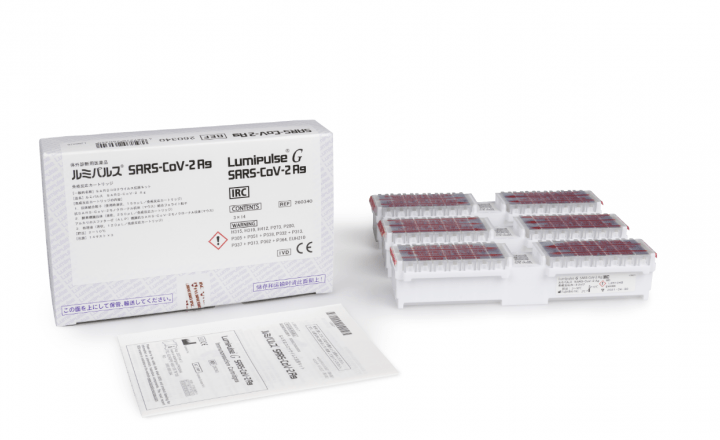Mesothelin, the novel, non-invasive in vitro biomarker to aid in the diagnosis of Mesothelioma
Mesothelioma is a rare form of cancer that is linked to exposure to asbestos.
Although malignant mesothelioma remains a relatively uncommon malignancy, it continues to represent an important cause of mortality in numerous areas worldwide; eg, England, Wales, continental Europe, and Australia.
Recent estimates suggest that in coming decades, as much as 1% of deaths among men in the United Kingdom currently aged 49-54 may be due to mesothelioma.1
Age standardized incidence rates for mesothelioma in men range from around 8 per 100,000 in Scotland, England, and The Netherlands; 2-4 per 100,000 in France, Italy, and Germany; and 1 per 100,000 in Spain.2 The corresponding rate for Australia is estimated to be around 6 per 100,000.3
The disease is more likely to occur in men than in women.
There are 3 classifications of mesothelioma:
- Pleural — cancer in the chest cavity.
- Peritoneal — cancer that starts in the abdomen. (This classification is a form that represents between 10-20% of the mesotheliomas diagnosed.)
- Pericardial — cancer in the cavity around the heart. (The most rare form of mesothelioma.)
Risk factors
Exposure to asbestos is the main risk factor for malignant mesothelioma.
Asbestos fibers are inhaled through the breathing passages and then travel to the lining of the lungs.
Signs & symptoms
As with many cancers, the early stages of malignant mesothelioma can be overlooked as many of the symptoms can be linked to other diseases.
Symptoms can include pain in the lower back or side of the chest, chest pain, shortness of breath, difficulty swallowing, cough, fever, and weight loss.
Detection
Physicians use one or more methods to confirm the presence of mesothelioma and these include chest x-rays, CT, MRI, or PET scans.
Treatment
Treatment options for malignant mesothelioma include surgery, chemotherapy or radiation, and can also include a combination of these therapies.
Cases of Mesothelioma are set to increase – be prepared for quicker, non-invasive diagnosis!
Can introducing an in vitro diagnostic test now help you identify those with previous exposure who are at risk? We have compiled a bibliography of peer reviewed papers to provide you with independent evidence on how adding mesothelin can aid the diagnosis of malignant pleural mesothelioma.
References:
- Huncharek M. (2002) Non-asbestos related diffuse malignant mesothelioma. Tumori. Jan-Feb;88(1):1-9.
- Montanaro F, et al. (2003) Pleural mesothelioma incidence in Europe: evidence of some deceleration in the increasing trends. Cancer Causes and Control. 14:791-803.
- Leigh J, Davidson P, Hendrie L, Berry D. (2002) Malignant mesothelioma in Australia 1945-2000. Am J Ind Med. 41:188-201
- Robinson BW, Creaney J, Lake R, et al. Mesothelin-family proteins and diagnosis of mesothelioma. Lancet. 2003; 362(9396):1612-1616.
- Scherpereel A, Grigoriu B. Conti M, et al. Soluble mesothelin-related peptides in the diagnosis of malignant pleural mesothelioma. Am J Respir Crit Care Med. 2006; 173(10):1155-1160.
- Beyer H, et al. MESOMARK™: A Potential Test for Malignant Pleural Mesothelioma. Clinical Chemistry. 2007:53(4);666-72.
- Cristaudo A, Foddis R, Vivaldi A, et al. Clinical significance of Serum Mesothelin in Patients with Mesothelioma and Lung Cancer. Clin Cancer Res. 2007;13(17):5076-5081.
- Di Serio F, Fontana A, Loizzi M, et al. Mesothelin family proteins and diagnosis of mesothelioma: analytical evaluation of an automated immunoassay and preliminary clinical results. Clin Chem Lab Med. 2007;45(5):634-636.
- Creaney J, Yeoman D, et al. Soluble mesothelin in effusions – a useful tool for the diagnosis of malignant mesothelioma. Thorax. 2007;62:569-576.
- Creaney J, van Bruggen I, Hof M, et al. Combined CA125 and mesothelin levels for the diagnosis of malignant mesothelioma. CHEST. July 2007. Published Online.
- van den Heuvel MM, Korse CM, Bonfrer JM, Baas P. Non-invasive diagnosis of pleural malignancies: The role of tumour markers. Lung Cancer. 2007, Oct 12. Published Online.
- Weber D.G., et al. Soluble mesothelin-related peptides (SMRP) – High stability of a potential tumor marker for mesothelioma. Cancer Biomarkers. 3(2007)287-292.
- Pass, H. I. et al. Soluble Mesothelin-Related Peptide level elevation in mesothelioma serum and pleural effusions. Ann Thorac Surg. 2008;85:265-272.
- Amati M, Tomasetti M, et al. Profiling Tumor-Associated Markers for Early Detection of Malignant Mesothelioma: An Epidemiologic Study. Cancer Epidemiol Biomarkers Prev. 2008;17(1):163-170.
- Creaney J, Yeoman D, et al. Comparison of Osteopontin, Megakaryocyte Potentiating Factor, and Mesothelin Proteins as Markers in the serum of patients with malignant mesothelioma. Journal of Thoracic Oncology. 2008;3(8):851-857.
- Jenette Creaney, Amanda Segal, Nola Olsen, Ian M. Dick, A. W(Bill) Musk, Steven J. Skates, and Bruce W. Robinson. Pleural Fluid Mesothelin as an Adjunct to the Diagnosis of Pleural Malignant Mesothelioma. Disease Markers Volume 2014, Article ID 413946.
- Kazuya Fukuoka, Kozo Kuribayashi, Shusai Yamada, Kunihiro Tamura, Chiharu Tabata and Takashi Nakano. Combined serum mesothelin and carcinoembryonic antigen measurement in the diagnosis of malignant mesothelioma. Molecular and Clinical Oncology 1: 942-948, 2013
- A. Scherpereel. Diagnosis and staging of mesothelioma. DIAGNOSIS AND STAGING OF MESOTHELIOMA Eur Respir Mon, 2009, 44, 392–406.
- Petra Smolkova et al. Validity of mesothelin in occupational medicine practice. International Journal of Occupational Medicine and Environmental Health 2016;29(3).
- Improved diagnosis of mesothelioma by a combination of soluble mesothelin-related peptide and CYFRA 21-1. Stefan Holdenrieder et al: J Lab Med 2015; 39(2): 103-113










